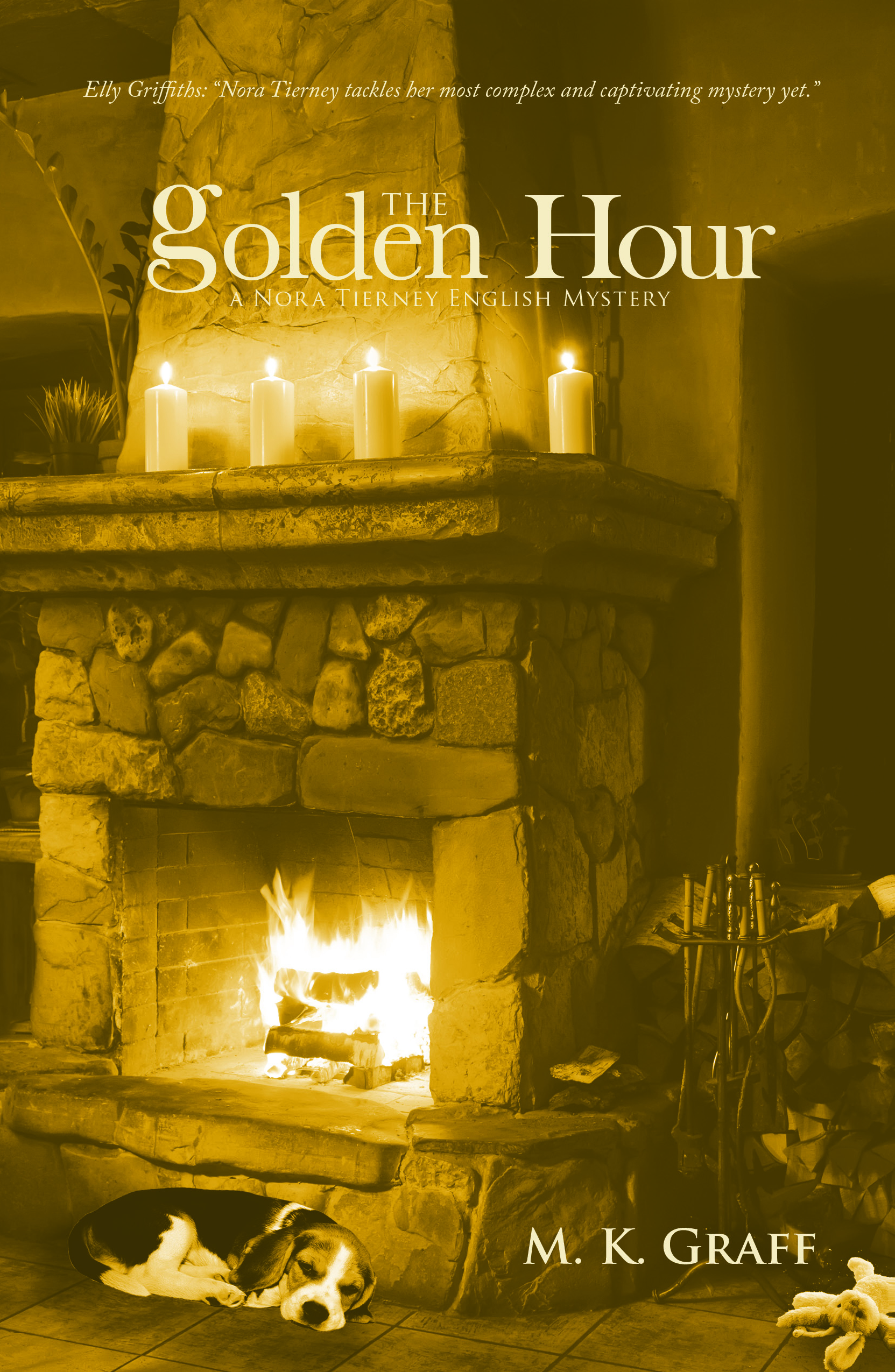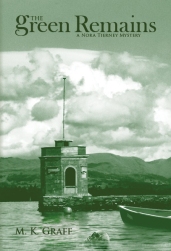Auntie M reads more books to review than there are days to review them, it seems at times. So gathering a few together by theme, setting or type often works to get more information out to readers.
This time it’s different worlds, and we’re going around the world to exotic locales, where the unusual setting adds to the crime story.
We start in Japan, with Keigo Higashino’s thoughtful A Midsummer’s Equation, which brings back the physics professor the author introduced in the highly popular The Devotion of Suspect X.
Manabu Yukawa is known as “Detective Galileo,” and in this book, he’s at the summer resort town of Hari Cove, now fallen down on its luck, to take part in a conference on the proposal for an underwater mining operation. The plan has critics on both sides of the issue, with those opposing concerned about the impact on the town’s pristine waters, and those in favor of it believing it is the town’s only hope for survival.
When a guest at one of the resorts is found dead at the bottom of a cliff, what is deemed at first a simple accident becomes looked at more closely when it’s determined the victim is a former policeman and his death was anything but natural. Galileo finds himself drawn to the inhabitants of the resort, and feels the clue to the murder lies in the complicated relationships he’s observed.
A look at policing in Japan, tied to cultural differences, and how a man who knows human nature most of all can find the answers to questions others miss.
Daniel Pembrey writes nonfiction, but his thrillers and psychological suspense stories have been led Susan Hill to note that he “Tells a cracking tale with verve and style.” In The Candidate, he takes us to Luxembourg, a place he knows well, for a novella you will zip through and be left yearning for more.
Brit Nick Thorneycroft is new to his headhunting job in Luxembourg. When he’s tasked with recruiting a new executive with specific talents to work with a Russian company, the best candidate may turn out to be the worst for Nick. Beautiful and definitely smart, Yekaterina Novakovich may be the best–or the worst–person to enter Nick’s life.
With his ex-girlfriend muddying the waters, Nick has to decide whom to trust, if anyone can be. Smart and complicated, a twisted ride from start to finish.
From the land Down Under comes a tale set in 1932 Sydney, a wickedly funny mystery set in a museum. The Mystery of the Venus Island Fetish is Tim Flannery’s outlandish title that matches an equally outlandish tale that captivates readers with its humor, science and portrayal of anthropologists.
A former museum director, Flannery is currently a Sydney professor who pulls on his science and literary background to delight us with a tale of Depression-era Sydney, when the town was right on the edge of wild land. Any director would have been challenged to keep a museum open and running in the face of a starving population. Enter Archie Meek, newly returned from years on a field trip to Venus Island, where he’s appropriated some of the island’s customs for his own, with interesting outcomes.
It’s Meeks who notices that the island’s famous gift, a ceremonial mask surrounded by 32 human skulls, has been tampered with, and leads to his firm supposition that the differences are caused by substituting skulls of missing museum staff. There will be romance and mayhem before it’s all over. Filled with eccentric characters and charm, this outlandish caper is a delight from start to finish, and you’ll learn about museums, science and how things worked in that era–or didn’t.
Katherine Howell’s Ella Marconi series are filled with telling details, whether of character, emotion or the contemporary Sydney setting. In Web of Deceit, the Davitt Award-winning author brings the series to the USA.
Paramedics Jane Koutoufides and Alex Churchill had given care to a man earlier in the day, when he crashed his car deliberately into a pole and told them he was escaping from someone. Left at the hospital awaiting a psych consult, Marko Meixner absconds before he’s seen. The next time they’re confronted with Marko, he’s dead under the wheels of a train. Did he jump or was he pushed?
Detective Ella Marconi and her partner, Murray Shakespeare, share the paramedics feel that Marko was not paranoid, but truly afraid of someone. But she has trouble convincing her boss of that. When Marko’s boss tries to commit suicide shortly after he’s been questioned, she’s convinced she’s right. Then a woman tangential to the story is attacked in front of Jane’s house, and in another twist, Alex’s daughter goes missing.
Howell does a nice job of blending in the personal stories of the four main characters, and the Sydney setting comes alive under her detailed descriptions. A complex mystery with a determined detective at its heart.
Next we head north to Iceland and Yrsa Sigurdardottir’s newest, The Silence of the Sea, named Best Scandinavian Crime Novel of 2015.
The latest Thora Gudmundsdottir novel brings the lawyer her most intriguing case yet: a luxury yacht arrives in Reykjavik harbor with no one on board. There’s no crew, none of the expected family traveling as passengers, and no captain. The entire passenger list, on board from embarkment in Lisbon, have disappeared.
When the grandparents of the missing family enlist Thora’s help to keep custody of their one remaining granddaughter, left in their care, she becomes embroiled in what is clearly much more than a custody case. The case is reminiscent of locked room murders and the tension ratchets up when rumors that this yacht was cursed reach Thora’s ears. Then a body washes up on the shore, connected to this boat, adding to the complexity of the case, with identity issues adding to the horror.
Under the author’s skilled hands, what could be billed a ghost story becomes a frightening case of murder and intrigue. You will be as spooked as Thora, who thinks she’s seen one of the children when she boards the boat, looking for clues. So atmospheric, even when the explanation is given, you’ll feel unsettled and chilled.
























